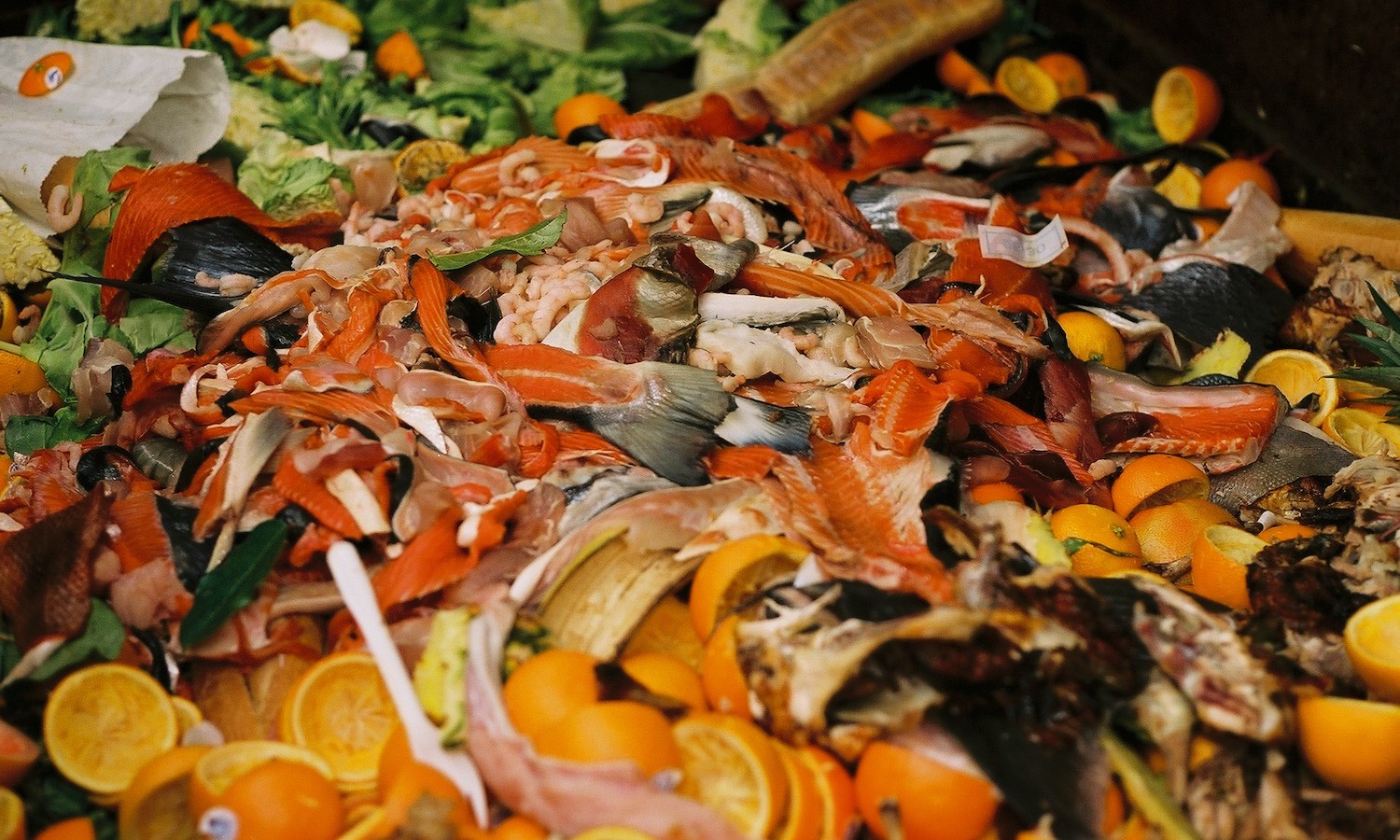A version of this piece was featured in Food Tank’s newsletter, released weekly on Thursdays. To make sure it lands straight in your inbox and to be among the first to receive it, subscribe now by clicking here.
ReFED—an important nonprofit focused on data-driven solutions to food waste—just released the latest statistics from their powerful Insights Engine. Updated numbers from the U.S. Environmental Protection Agency are out this month, too.
As of today, here’s what we know:
In 2021, the U.S. produced 91 million tons of surplus food, or about 38 percent of our total food supply. That is an average of 548 pounds of excess food per person—it is worth US$444 billion, or about 2 percent of the country’s GDP.
Food waste is not just one problem. It’s a tangled web of problems across the global food supply chains, which makes it notoriously difficult to measure with precision. ReFED is doing amazing work analyzing data to help us understand the true scope of food waste and how we can solve it.
So, what do these numbers mean for the food system?
That’s a question I’ll pose to Dana Gunders, ReFED’s Executive Director, and Claudia Fabiano, who works on the methodology of food waste measurement at the EPA, during a live fireside chat April 21, at 1:00PM ET, and I hope you’ll be part of the discussion. You can register by clicking here.
As I’ve been reading through reports from ReFED and the EPA, I’ve been thinking about my local grocery store’s produce section.
Consumers are used to seeing abundance—mountains of fruits and vegetables all year round, whether the crop is in season where it’s being sold. Already, this creates waste: What happens when the produce on the bottom of the piles gets smushed? And even discounts like buy-one-get-one, which certainly can help people access food less expensively, can also contribute to wastage if over-purchased food goes bad in our fridges.
On a bigger scale, the complex global supply chains that get those foods to us are directly linked to the climate crisis, which makes it even more inexcusable when the food isn’t even used. United Nations data shows that, out of all global greenhouse gas emissions, food loss and waste are responsible for about 7 percent. And nearly a third of the world’s agricultural land is used to grow food that’s never eaten. Meanwhile, millions of people are living in hunger.
To solve this, we have to take a serious look at who controls the levers of power in the food system. What are corporate leaders and even store managers doing to reduce waste? Do we have strong legislative policies that make it easier to donate food than to throw it away? And most importantly, are we supporting the kinds of regional food networks that can produce the quantities and culturally specific varieties of food that people need?
But first, if we want to meaningfully address food waste, we have to know how to measure it.
We need accurate stats on food loss and waste so farmers can dial in production, policymakers can create workable legislation, and eaters can avoid wasting perfectly good food. That’s why ReFED’s work is so important. When we have quantifiable facts about where we stand right now, we can correctly measure how far we’ve come already—and sharpen our goals for the future.
And we have come a long way. Awareness of food waste is so much greater now than it was even a decade ago. Reducing food waste is part of the U.N. Sustainable Development Goals and goals set by the U.S. Department of Agriculture and the EPA. The Harvard Food Law and Policy Clinic is doing vital analysis on a country-by-country level, and Food Tank has been proud to see the transformative Food Donation Improvement Act signed into law.
Again, we can only tackle these thorny questions when we have good data to work with. That’s why I’m so grateful for folks like Dana Gunders and Claudia Fabiano. They’re both so skilled at getting into nitty-gritty details while keeping in mind the larger context, and I sincerely hope you’ll join us. We’ll be talking through what the new numbers reveal about progress being made—and how they can be used to support waste-reduction initiatives across the country.
If you’re a total nerd like me, you can also dig into the latest EPA report and check out ReFED’s Insights Engine, which includes an impact calculator for different sectors and a database of food waste reduction solutions. And as always, share your reactions with me via email at danielle@foodtank.com.
Articles like the one you just read are made possible through the generosity of Food Tank members. Can we please count on you to be part of our growing movement? Become a member today by clicking here.
Photo courtesy of Taz, Unsplash











